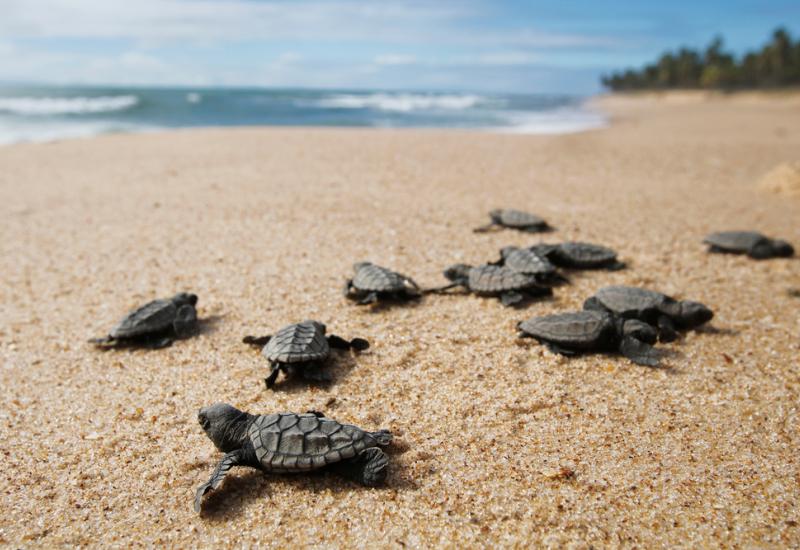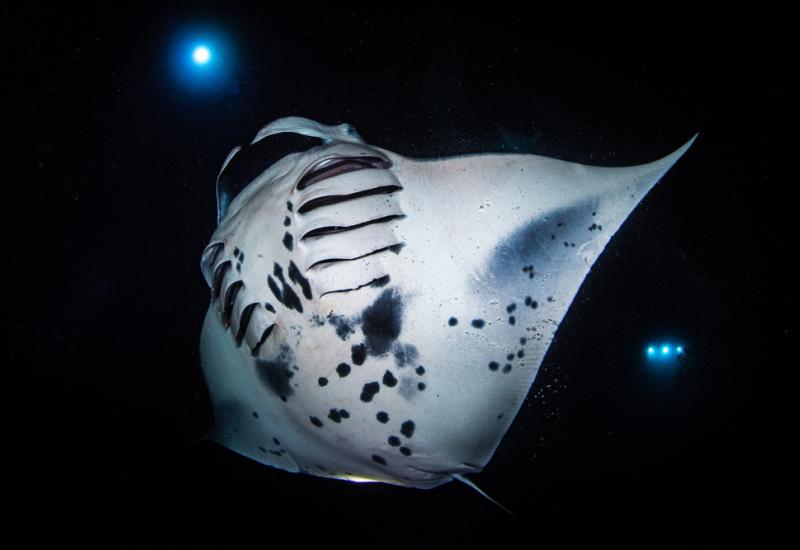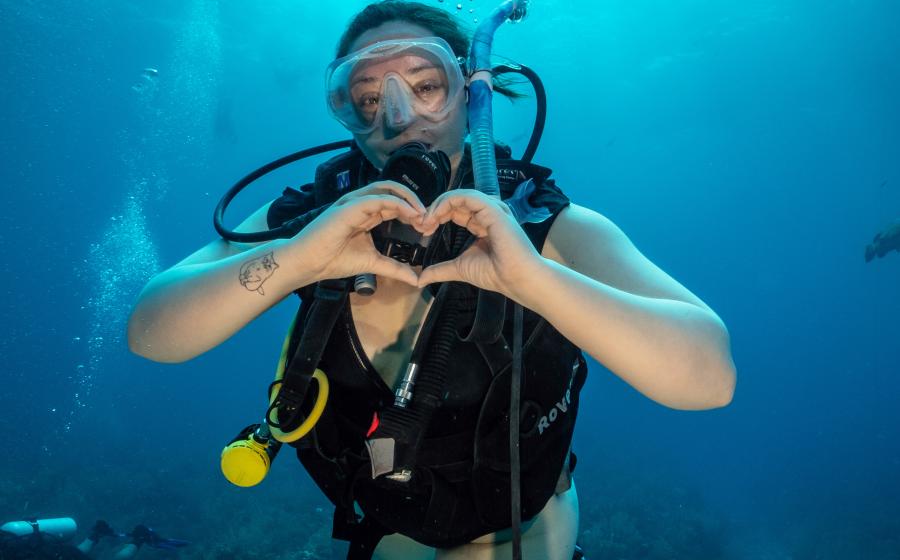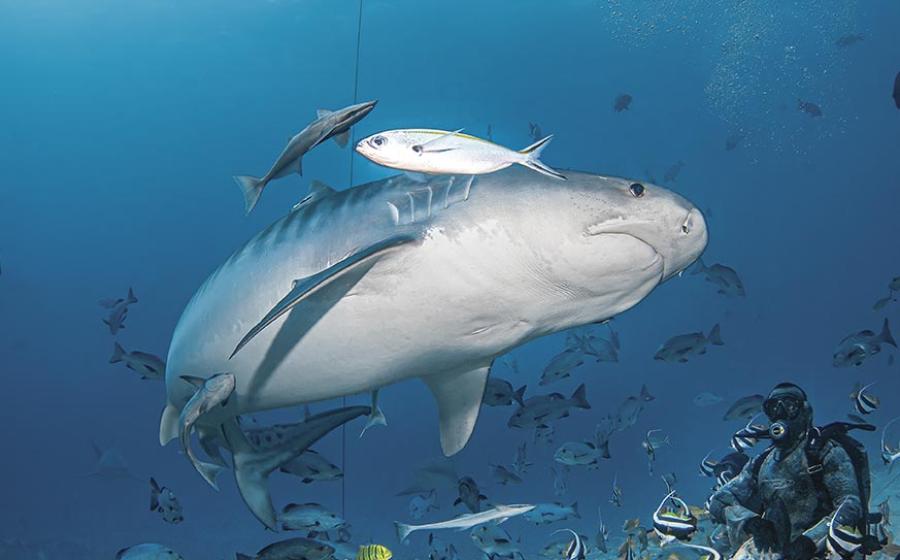Do Sharks Die if They Stop Swimming?
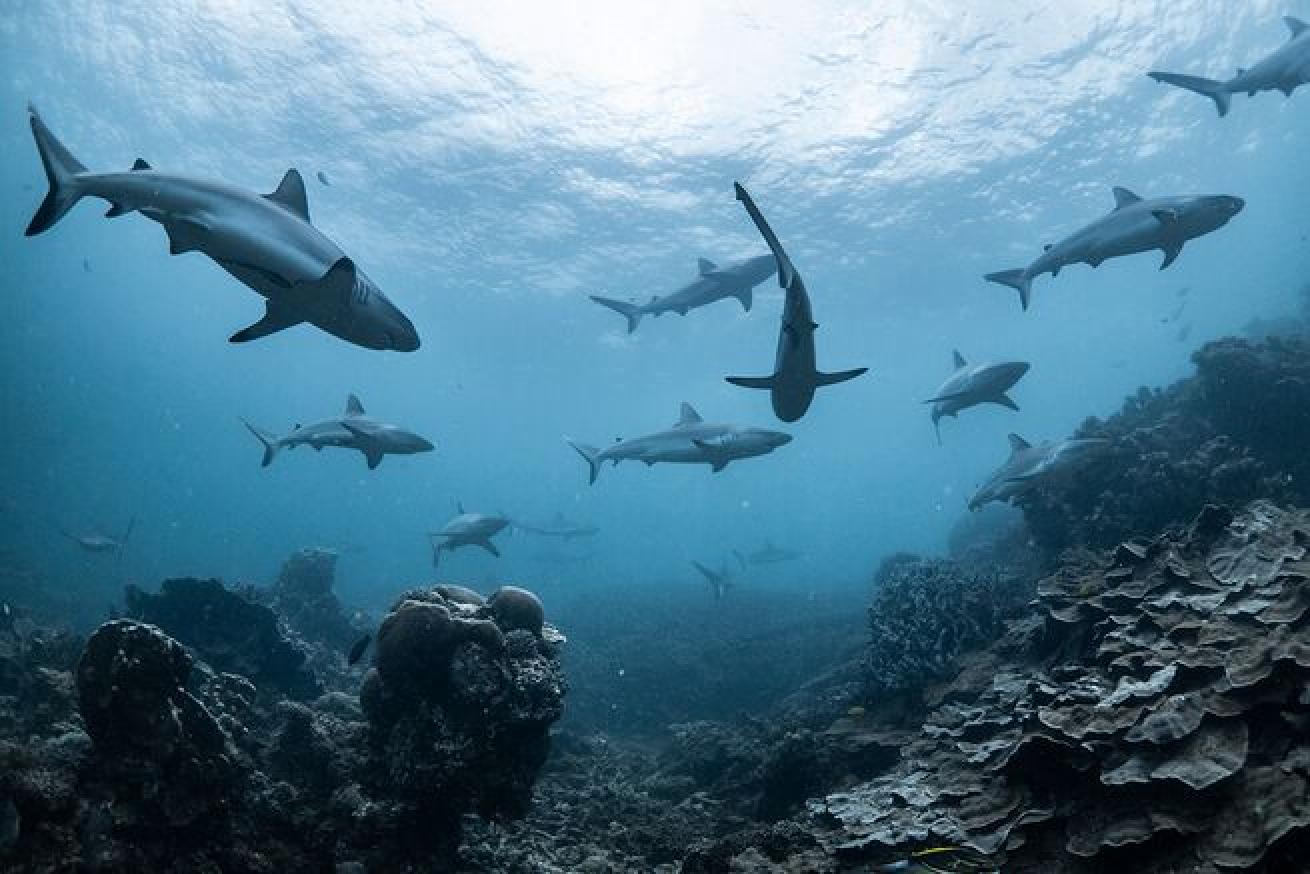
Shutterstock.com/LewisBurnettAs fish, sharks cannot hold their breath. They get oxygen from water passing over their gills.
Question: Is it true that if a shark stops swimming it will die? - Desiree, Australia
Answer: Yes for most species (barring unusually strong currents), but not all.
Many species of sharks do indeed need to be constantly moving forward their entire lives so they can breathe! But some species are able to rest on the seafloor, and there are places where strong currents allow sharks to breathe without having to swim forward themselves.
Take a deep breath, and hold your breath as long as you can. It’s our lungs that let us do that, allowing us to go (in some cases) up to a few minutes between breaths. Deep-diving animals like whales and sea turtles can go even longer than that. But sharks are fish, which cannot hold their breath— they get oxygen through the passive process of water passing over their gills.
Related Reading: Do Dive Lights Harm Manta Rays?
When sharks move forward through the water, more water passes over their gills and they get more oxygen. In many cases, if they stop moving forward, they would not get enough oxygen to survive. The contraction of their swimming muscles also helps to circulate blood. (This is why sharks often die faster than other fishes when caught as bycatch, and why it’s so critical for recreational anglers to release hammerhead sharks they catch very quickly—hammerheads have one of the strongest stress responses to fishing capture of any species. This was a big focus of recent efforts to protect the species in Florida.)
There are some places where water flows so quickly that normally-active sharks can just rest on the bottom and have enough water flow over their gills to breathe and survive. This was a mind-blowing discovery at the time when “The Sleeping Sharks of the Yucatan”, an episode of The Undersea World of Jacques Cousteau, broadcast normally-active Caribbean reef sharks resting on the bottom of an underwater cave.
Related Reading: Why Do Sea Turtles Return to the Same Beach?
There are also some shark species that are capable of actively pumping water over their gills while resting on the seafloor, even in areas without a strong current. If you’ve been scuba diving in the Caribbean, you may have encountered a nurse shark, a species that can do this. Nurse sharks are often found resting under coral ledges or rocks; heck, when I worked at SeaCamp in the Florida Keys, I saw the same nurse shark under the same coral ledge for a week. You can sometimes even see these sharks pumping water by opening and closing their mouths repeatedly. Other species that can do this include wobbegongs, angel sharks, and catsharks.
Ask a Marine Biologist is a monthly column where Dr. David Shiffman answers your questions about the underwater world. Topics are chosen from reader-submitted queries as well as data from common internet searches. If you have a question you’d like answered in a future Ask a Marine Biologist column, or if you have a question about the answer given in this column, email Shiffman at [email protected] with subject line “Ask a marine biologist.”

Courtesy David ShiffmanDr. David Shiffman
Dr. David Shiffman is a marine conservation biologist specializing in the ecology and conservation of sharks. An award-winning public science educator, David has spoken to thousands of people around the world about marine biology and conservation and has bylines with the Washington Post, Scientific American, New Scientist, Gizmodo and more. Follow him on Twitter, Facebook and Instagram, where he’s always happy to answer any questions about sharks.
The views expressed in this article are those of David Shiffman, and not necessarily the views of Sport Diver or Scuba Diving magazines.


